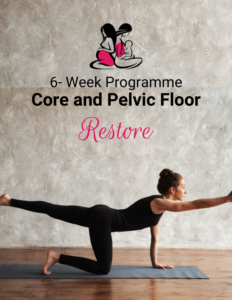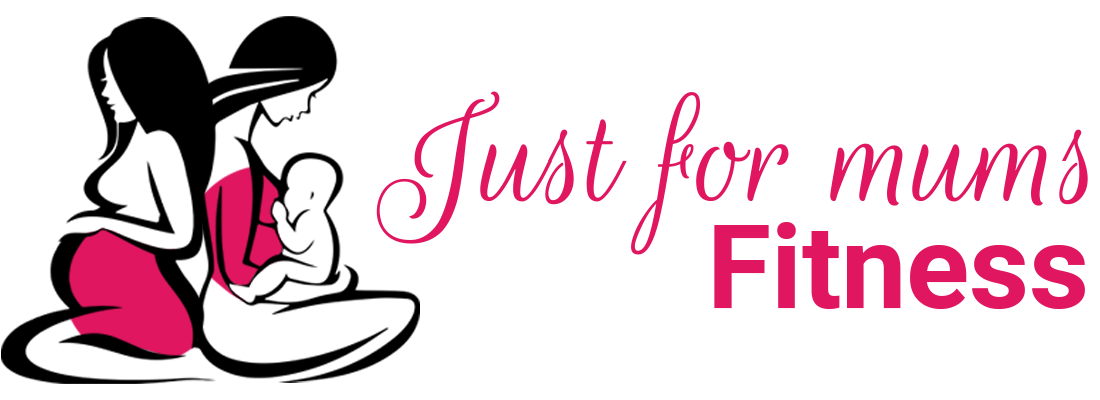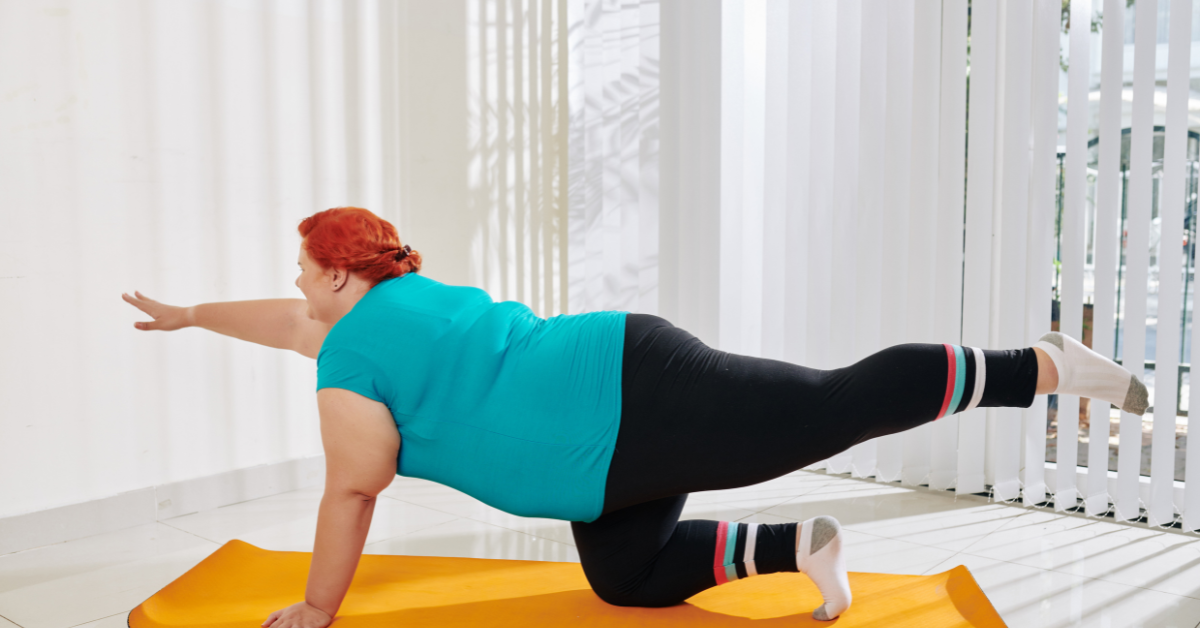While Kegel exercises are generally beneficial for strengthening pelvic floor muscles, it’s essential to approach them with caution postpartum. The pelvic floor can be weakened or injured during childbirth, and engaging in Kegel exercises too soon after delivery may cause further strain or damage. Here are 5 reasons why it’s best to avoid Kegels postpartum.
1. Inadequate healing
Childbirth can cause damage to the pelvic floor muscles, and kegel exercises can put additional stress on these muscles before they have fully healed. This can lead to further injury, worsening symptoms, and delayed recovery. Postpartum women must wait until their doctor has cleared them and receive guidance from a pelvic floor physical therapist to perform Kegels safely and effectively.
2. Incorrect technique
Kegel exercises require a proper technique to be effective, and without appropriate guidance, postpartum women may perform them incorrectly, leading to ineffective results and potential harm to the pelvic floor muscles. A pelvic floor physical therapist can advise on the correct technique and ensure that Kegels are performed in a safe and effective way for the individual woman’s needs.
3. Weakness
Childbirth can weaken the pelvic floor muscles, and kegel exercises may be too intense for some postpartum women. This can lead to additional stress on the pelvic floor, which can worsen symptoms or cause new ones. A physical therapist can assess the individual woman’s needs and provide modifications or alternatives to kegels as needed.
4. Pelvic pain
Some postpartum women may experience pelvic pain due to pelvic floor dysfunction or diastasis recti, and Kegels can worsen this pain. A physical therapist can assess the woman’s needs and provide modifications or alternatives to kegels to help alleviate pain and improve pelvic floor function.
5. Compression of pelvic organs
Incorrect kegel technique can result in the pelvic floor muscles being contracted too strongly, leading to pressure on the pelvic organs, including the bladder and rectum, causing bladder and bowel issues and other complications. A physical therapist can ensure the proper technique is used to avoid these issues and improve pelvic floor function.
 Our core and floor programme is designed specifically for postpartum women to help strengthen the core and pelvic floor and heal diastasis recti. Each workout is only 15 mins long and can be done anytime during the day.
Our core and floor programme is designed specifically for postpartum women to help strengthen the core and pelvic floor and heal diastasis recti. Each workout is only 15 mins long and can be done anytime during the day.
Pelvic floor muscles need to be flexible to work as part of the core, which means that they need to be able to relax, lift, and hold- the workouts in this programme are tailored to help you do exactly that.






